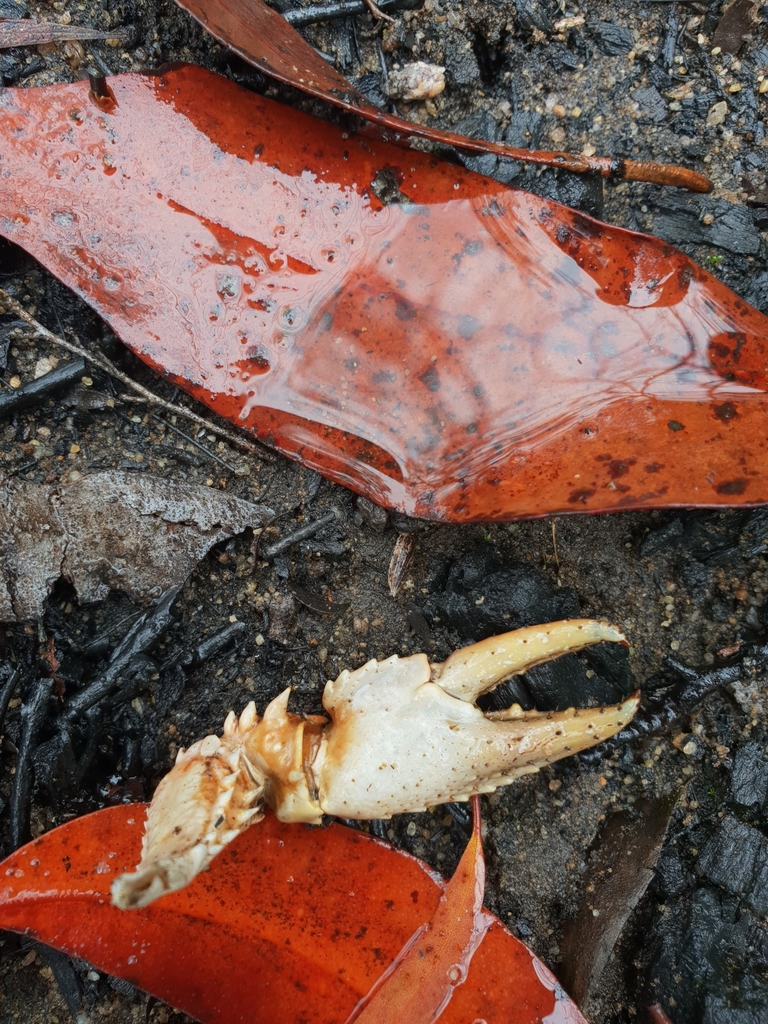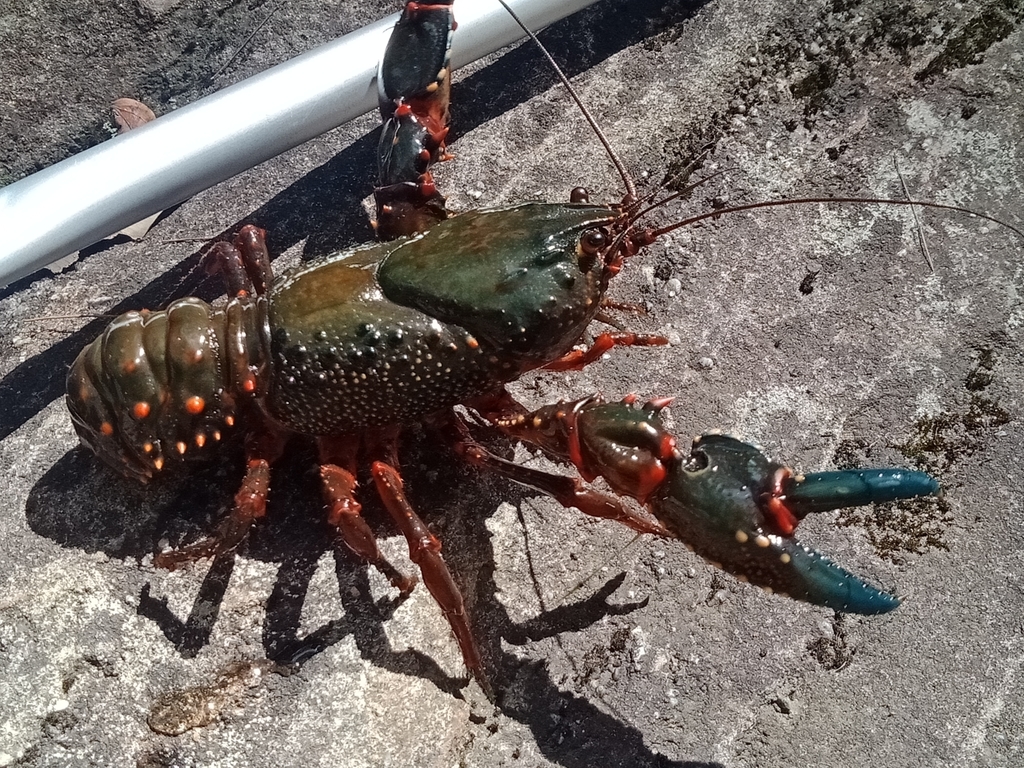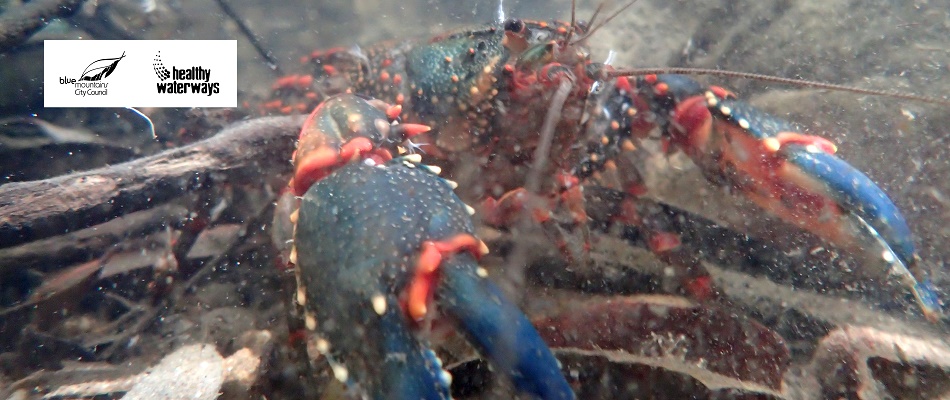Welcome to the Blue Mountains Crayfish Count Project!
Thanks so much to everyone who has joined the project and submitted observations so far. It’s great to see records coming in from all across the Blue Mountains.
To get started, here’s a brief guide to identifying our local crayfish.
The Blue Mountains is home to two native species of crayfish, Euastacus australasiensis (Sydney Crayfish) and Euastacus Spinifer (Giant Spiny Crayfish). Although similar in appearance, these species have 2 main distinguishable features.
First, is the number of small spines located on the lower segment of the interior of each claw, known as mesial carpal spines. E. australasiensis possesses 3 mesial carpal spines whilst E. Spinifer only has 2.
This observation of an E. australasiensis claw is a great example, where you can clearly see the 3 spines on the segment below the claw.
![]() ...more ↓
...more ↓
Welcome to the Blue Mountains Crayfish Count Project!
Thanks so much to everyone who has joined the project and submitted observations so far. It’s great to see records coming in from all across the Blue Mountains.
To get started, here’s a brief guide to identifying our local crayfish.
The Blue Mountains is home to two native species of crayfish, Euastacus australasiensis (Sydney Crayfish) and Euastacus Spinifer (Giant Spiny Crayfish). Although similar in appearance, these species have 2 main distinguishable features.
First, is the number of small spines located on the lower segment of the interior of each claw, known as mesial carpal spines. E. australasiensis possesses 3 mesial carpal spines whilst E. Spinifer only has 2.
This observation of an E. australasiensis claw is a great example, where you can clearly see the 3 spines on the segment below the claw.

Second, is the quantity of spines located on the thorax extending to the abdomen, known as thoracic spines. E. australasiensis has few to no thoracic spines in comparison to E. spinifier which has many (usually 2 rows of large dark thoracic spines). (The thorax is the section of the body the legs come out of).
Here's a great example of an E. spinifer, where you can clearly see those dark rows of spines on the thorax. You can also see that there are only two mesial carpal spines.

If you are able to capture these features in your iNaturalist photos then that will help with identification. But we know this can be quite difficult! Observations that can only be narrowed down to genus level are still very useful.
Another crayfish species, Cherax destructor (yabby) can also be found in some locations in the Blue Mountains. The yabby is native to the Murray Darling Basin, and hence is actually invasive in the Blue Mountains. It differs from spiny crayfish in its smooth, spineless shell. In particular the front side of the claw on a yabby is completely smooth, which is a helpful diagnostic feature especially for small spiny crayfish that are yet to develop many spines.
For further information, here's a great article about E. australasiensis, written by Rob McCormack of the Australian Crayfish Project:
https://austcray.com/the-sydney-spiny-crayfish-euastacus-australasiensis/
Thanks so much for getting involved with the project, please spread the word, and keep those observations coming! We've probably got a month or so before the crays all retreat into their burrows for the winter.
less ↑






